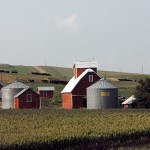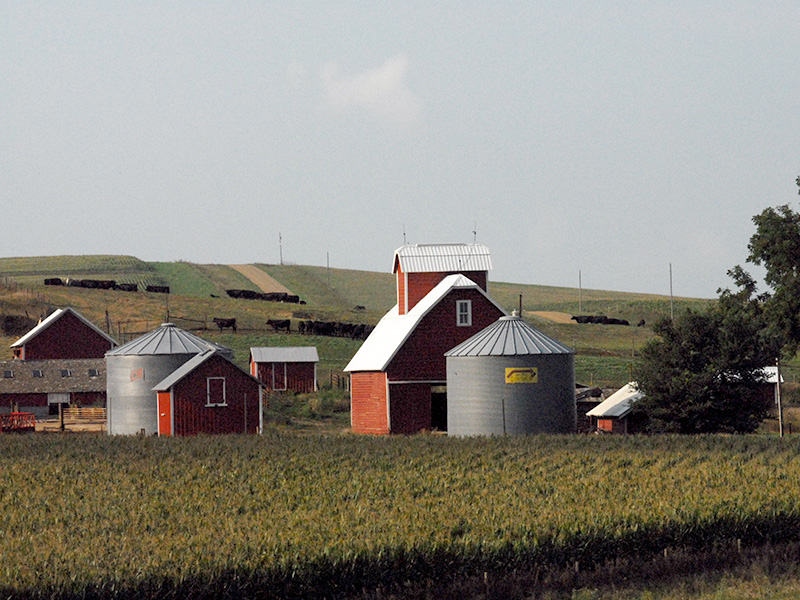 When I lecture about sustainable food, one of the central tenets is having well-thought out product development. Especially for high-growth companies, the products or the brand look is more critical than thinking through where those inputs (ingredients and packaging) come from. It puts pressure up the supply chain, and even more so when lead times are ignored for “we’ve got to have it now” strategy. Whether it is emergency orders or unrealistic lead times, it results in items getting freighted, flown, and therefore, the whole operations up and down the chain is affected with increased costs and environmental hazards.
When I lecture about sustainable food, one of the central tenets is having well-thought out product development. Especially for high-growth companies, the products or the brand look is more critical than thinking through where those inputs (ingredients and packaging) come from. It puts pressure up the supply chain, and even more so when lead times are ignored for “we’ve got to have it now” strategy. Whether it is emergency orders or unrealistic lead times, it results in items getting freighted, flown, and therefore, the whole operations up and down the chain is affected with increased costs and environmental hazards.
What’s a food solution to ensuring there is a cycle of well-thought out sustainable product development inputs (raw material) and outputs (finished goods)? Here are a few basic sustainable product development solutions:
- Understand that your products are part of a system. This means that nice packaging finished product you produced is not divorced from where raw materials come from, and thinking through sustainable product development requires an understanding. Unfortunately, most businesses that start small develop items without much thought to scalability two-years down the road. Likely, you’re happy when you can make payroll, but in today’s supply environment, strategic sourcing eliminates significant business risk exposure. Buying pineapples from your local supermarket for ten pineapple upside-down cakes is one thing. When you become a $5mil operation, where will the pineapples come from when seasonality-availability becomes issues? For example, take organic pineapple dried fruit. Your marketing demands an all-out promotion on organic dried pineapple fruit slices and suddenly, it becomes the company’s best seller…but you never bothered communicating with the supplier if it is available 1) all-year around, 2) how quickly he/she can get it. (FYI, organic pineapples not an easy item because it is an import).
- Instead of fire-fighting, take a step back and employ some Zen-like breathing for deeper, more strategic supply source wonderings – in your spare time. Individual vendors have expertise, and always happy to talk about “season for tomatoes”, “how bad this year’s crop is for xyz”, and such, that have a direct impact on your delivered cost, and potential run-outs. You can avoid surprises and prepare for the “lack of” delivery rather than tearing your hair out, screaming at vendors.
- Be precious, but not unyielding about your product formulation. Question how recipes originally started versus where your operations is now – don’t grandfather in recipes for life. Suppose you’ve hung your hat on a certain type of cabbage for egg roll filling, and that cabbage is not available all year-around, what do you do? Close your operations? Collaborate with your R&D/Operations/Finance/Purchasing to build in substitutes, especially during seasonal transition times. Yes, flavors change the product formulation, but increasingly customers, when messaged correctly understand nuances. So, if the rains wash out the gala apple supply, do you stop your operations or do you figure out how to make a Granny Smith work? So, understand the system and the domino effect. Ask more questions. Be creative in the lab. Work collaboratively with your team.
Think about sustainable product development rather than just new product development. Don’t grandfather in specifications or product formulations for life!

